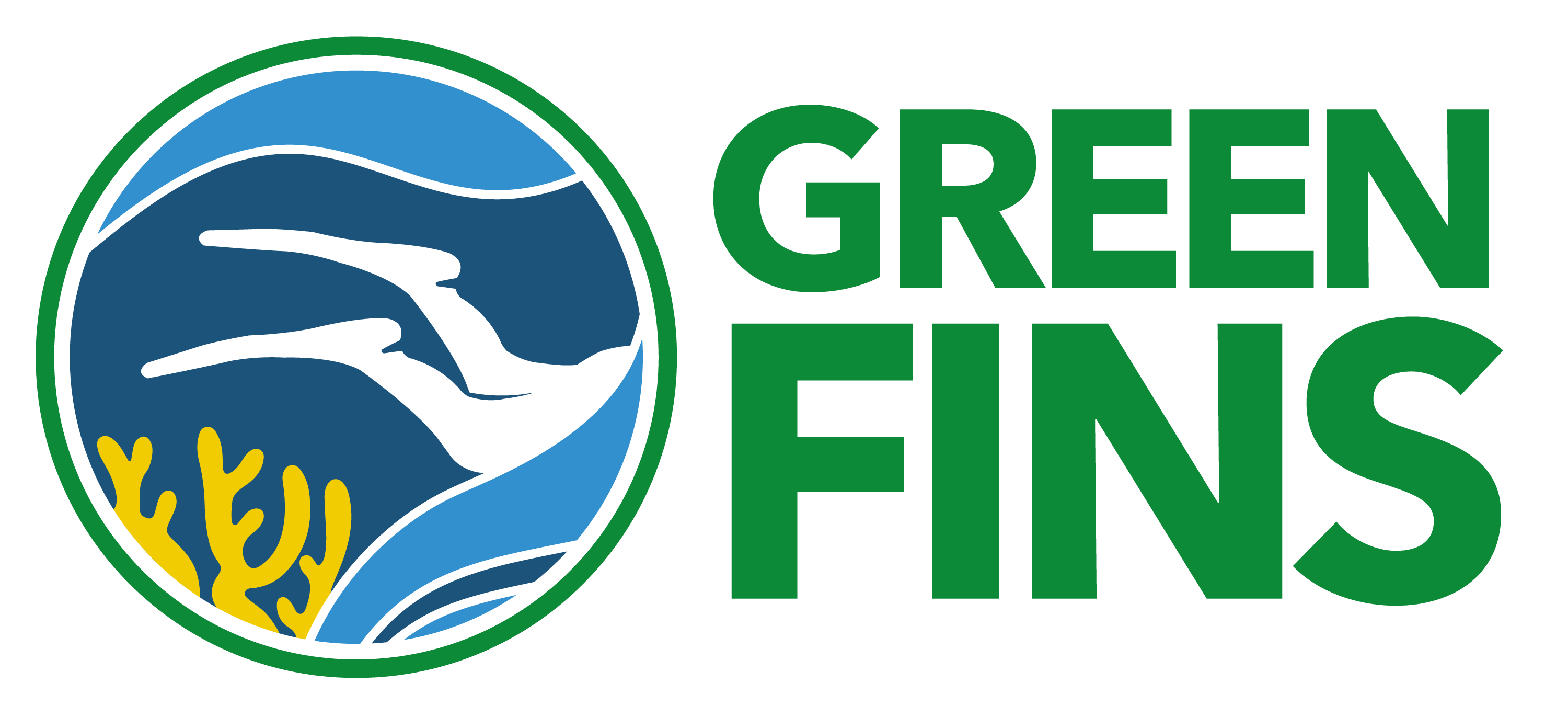The Dahab diving community is on a mission to protect its area of the Red Sea.
The good news is that the marine conservation movement is growing, with more and more people becoming aware of the urgency to protect our marine ecosystems. The not so good news is that there is still a long way to go. Reducing anthropogenic threats on the sea is a tricky long-term process involving socio-economic layers that must be thoroughly peeled off and dealt with reasonably.
In other words, it’s a pickle of a situation that requires a strong awareness of the various negative impacts that the way we live our lives has on our ocean. The impacts can be simple, from how our seafood is sourced to the ways we enjoy fun summertime activities such as diving or snorkelling.
Why is protecting our oceans so important?

First, let’s state the obvious. The ocean is our planet’s life support system, generating most of the oxygen we breathe. Phytoplanktons are tiny marine plants living on the ocean’s surface. They are the foundation of the entire ecosystem and produce approximately 50% to 80% of Earth’s oxygen. However, Phytoplankton doesn’t do all the work alone, they are part of an entire underwater world that closely depend on each other.
After the phytoplanktons comes the next most important animal in the marine ecosystem – corals. Corals are made up of tiny creatures living symbiotically with even smaller algae called the zooxanthellae. By working together, they form giant colonies that are the coral reefs that we know. Coral reefs do not only look like colourful underwater cities, but they also function as such, providing shelter for many marine life.
Their role is key to holding the entire marine ecosystem in balance. Unfortunately, due to climate change and humanity’s impact on this planet, corals are struggling to survive. They are experiencing mass bleaching events worldwide due to rising water temperatures, pollution and water acidification. As our planet keeps getting hotter by the year, the death of corals increases and with it goes the homes of the fish we love to dive with. What is worse, is that corals take decades to grow into huge colonies capable of supporting marine life and the scientific community have yet to figure out how to grow “super corals” that could resist heat.
Now, where does the Red Sea fit into all of this?
Over the past few years, scientific research conducted in the Northern Red Sea suggested that: its coral species demonstrated a higher tolerance to increasing water temperatures, with little to no bleaching phenomena occurring in the Gulf of Aqaba. The Northern Red Sea could be the last beacon of hope for the world’s corals that have all experienced devastating bleaching events ruining entire reefs and decimating fish populations, thus severely affecting both the tourism and fisheries industries who directly depend on them.

Other regions of the world such as Australia’s Great Barrier Reef, which is our planet’s longest coral reef system, has succumbed to consecutive bleaching events. Gradually, what was known as one of the world’s best diving destinations has been reduced to a colourless graveyard with very little life left. The same scenario applies to the corals in the Caribbean and parts of Southeast Asia as well, all of which are top diving destinations.
We then have the corals in the Gulf of Arabia, practically boiled to death due to the extreme heat. All over the world, we are seeing the foundation of underwater life crumble to ruins except for in the Red Sea, a haven for many endangered species such as the hammerhead sharks, whale sharks, green turtles, hawksbill turtles, napoleon wrasses, manta rays and dugongs. Especially in the Gulf of Aqaba, the corals in this small region of the world possibly hold the key to reviving our entire ocean. Yes, the super corals’ scientists are yearning for.
Located in the Gulf of Aqaba, Dahab is unique both on land and underwater. The ever-windy town is one of the few places in Egypt with an easy-going multicultural vibe. It also offers a variety of activities such as recreational scuba diving, technical diving, freediving, windsurfing, kite surfing and snorkelling. The town offers exceptional underwater landscapes, with the Blue Hole reaching approximately 120 meters deep and the Canyon – a dive described as taking a hike in a sub-aquatic lively desert. Both dive sites being the biggest attractions in town, giving both depth and stunning scenery for the deep-diving enthusiasts.
Dahab is also lucky to have a large seagrass meadow in the main bay area called Bannerfish Bay, one of the few spots in Egypt where you can spot seahorses. It is the main destination in Egypt to encounter all the weird and wonderful critters that tend to only come out during nighttime. If you’re an adrenaline junkie, it’s one of the country’s best wind and kite surfing spots, with good surfing winds throughout most of the year. Dahab really does have everything to offer!
How is Dahab protecting its coral reefs?
Green Fins arrived as a solution for the diving and snorkelling industry who was looking for ways to become more eco-friendly and to protect their underwater treasure. Launched back in 2008 in Thailand, the program gradually assists dive and snorkel operators to find simple and achievable ways to reduce their overall impact on the environment. Since then, they have been active in 11 countries, including Egypt, which joined in 2020 just before the COVID-19 pandemic hit the country. Chamber of Diving and Water Sport (CDWS) is the implementing national team of Green Fins Egypt. Scuba Seekers was the first certified dive operator in Dahab and H2O Divers Dahab joining the network soon after.

Green Fins members are assessed yearly based on the standardized Green Fins Code of Conduct for all participating countries. During the assessment, operators can score anywhere between 0 and 330 (with zero having no impact on the environment). On review, members are then given points of improvement they must work on every year. In Egypt, the program was introduced quite differently from its other counterparts.
Due to the large diving industry based in the Red Sea, a minimum threshold was put in place to certify those who are truly trying to operate sustainably. A dive operator should score a minimum of 150 or less to become a member, scoring slightly above the international Green Fins average. Those who do not meet the threshold at first are provided with feedback and action points to improve their operations and reassessed when ready. Centres are encouraged to become active actors in the marine conservation community, raising awareness to their visitors about the importance of protecting our sea and reducing their harmful footprint. Being part of the Green Fins network signifies the dive or snorkel centre to be a member of a more sustainable industry and an advocate for improved management of our marine resources which tourism, one of Egypt’s largest sectors relies on.
The Red Sea’s Gulf of Aqaba is in desperate need of an actual, on the ground, practical conservation and management solution. The bigger picture shows that protecting one of the world’s last havens for healthy marine life and resilient corals, could eventually play a crucial role in helping the rest of our world’s corals survive the harsh effects of climate change. The smaller picture shows it is a matter of protecting the resources of a small town like Dahab, ensuring a stable future for its locals, whose livelihoods depend on tourism. In both ways, going green in Dahab is the best way to protect the coral reefs for everyone’s benefit.
This article is written by Lina Challita from the Green Fins Egypt team


